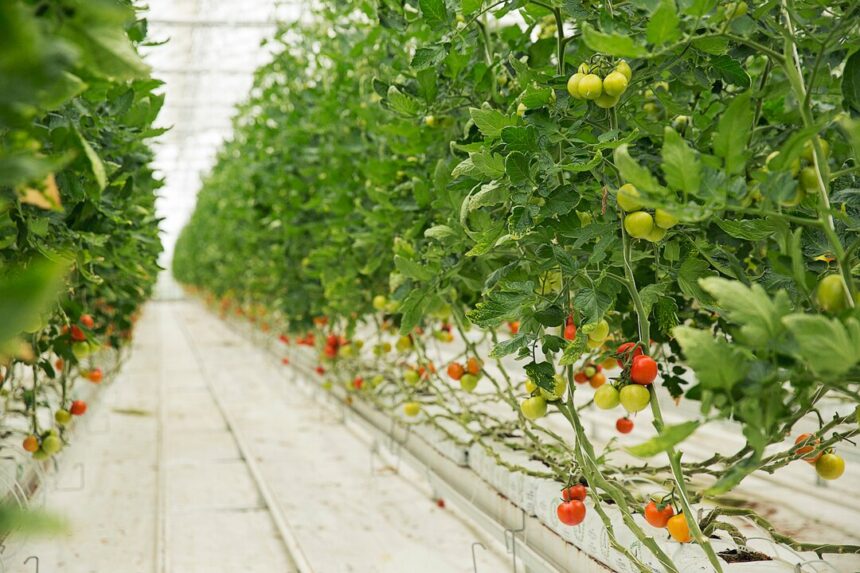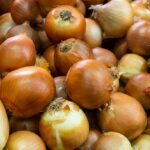Urban farming is growing in popularity in South Africa as people explore innovative ways to produce fresh food in limited spaces. However, urban farming has unique challenges, and avoiding common mistakes is key to success. Here are ten mistakes often made in urban farming and how to address them effectively.
1. Overcrowding Plants
Many urban farmers try to maximize limited space by planting too many crops in small areas. Overcrowding leads to competition for sunlight, water, and nutrients, resulting in poor plant health and low yields. Proper spacing based on the specific needs of each crop is crucial. Use vertical farming techniques or stackable planters to optimize space.
2. Ignoring Soil Health
Urban farmers often overlook soil quality, assuming any soil is suitable for planting. Poor soil leads to stunted growth and low yields. Test your soil for pH and nutrient content and amend it with compost or organic fertilizers to ensure it supports healthy plant growth.
3. Using Unsuitable Containers
Choosing the wrong containers can hinder plant growth. Containers that are too small restrict root development, while those without proper drainage cause waterlogging. Select containers with adequate depth and drainage holes, and ensure they are appropriate for the specific crops you are growing.
4. Neglecting Water Management
Inconsistent watering is a common mistake. Overwatering can drown roots, while underwatering stresses plants, reducing productivity. Use drip irrigation systems, self-watering pots, or moisture sensors to regulate water usage and ensure plants receive the right amount of moisture.
5. Overlooking Pest and Disease Control
Urban farmers often underestimate the impact of pests and diseases. Neglecting pest control can lead to infestations that quickly destroy crops. Implement integrated pest management (IPM) by using natural predators, organic sprays, and proper sanitation to keep pests at bay.
6. Selecting the Wrong Crops
Growing unsuitable crops for the local climate or space limitations is a frequent error. For example, crops requiring large areas or long growing seasons may not thrive in urban setups. Choose fast-growing, space-efficient crops like lettuce, herbs, or cherry tomatoes that are well-suited to urban farming environments.
7. Ignoring Light Requirements
Plants need adequate sunlight for photosynthesis. A common mistake is placing crops in areas with insufficient light. Assess the sunlight availability in your space and grow crops that match those conditions. If sunlight is limited, consider using grow lights to supplement natural light.
8. Skipping Regular Maintenance
Urban farming requires consistent care, but many farmers neglect tasks like pruning, weeding, or rotating crops. Regular maintenance ensures plants remain healthy and productive. Schedule weekly inspections to address any issues promptly.
9. Overlooking Waste Management
Urban farming generates organic waste such as plant trimmings and unused produce. Neglecting waste management leads to unhygienic conditions and attracts pests. Set up composting systems to recycle organic waste into nutrient-rich compost for your garden.
10. Lack of Planning and Record-Keeping
Starting an urban farm without a clear plan often leads to inefficiencies. Many farmers also fail to keep records of planting dates, harvests, or pest control methods. Plan your layout, schedule planting and harvesting cycles, and maintain detailed records to track progress and improve practices over time.
Urban farming offers a sustainable solution for growing food in cities, but success requires careful planning and attention to detail. By avoiding these common mistakes, South African farmers can optimize their urban farming efforts, increase yields, and contribute to food security. Whether you are farming on a balcony, rooftop, or community plot, implementing best practices will ensure a thriving and productive urban farm.







